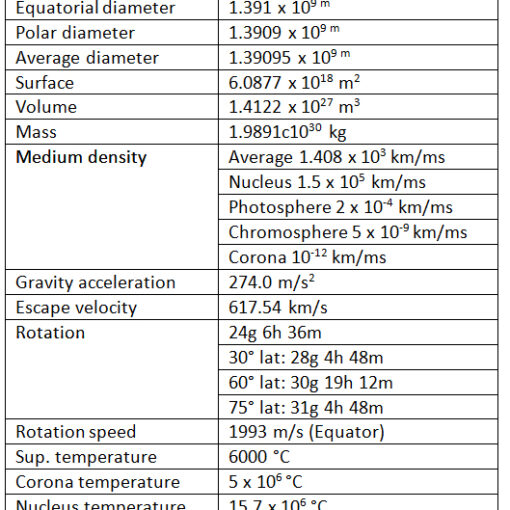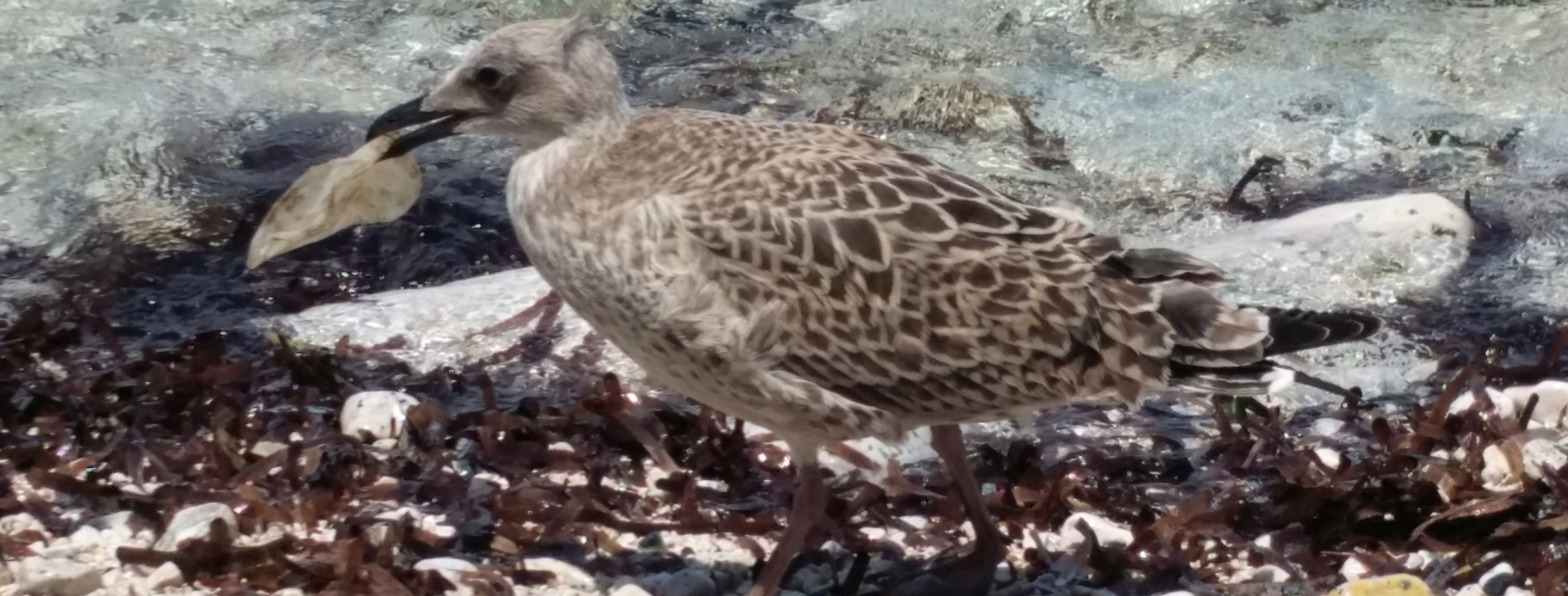For some years a group of bats has settled in my house in the space between the roof slope and the gutter above the balcony. I find their tracks in the morning on the floor, every now and then I hear rustling and their screeching. At dusk you can see them take flight. Suddenly, silently they let themselves fall from the support they are clinging to, towards the darker sky, then return, with complex flight maneuvers, to where there is a greater presence of prey attracted by the light of the street lamps. Their predominantly nocturnal habits have shaped their name: bat derives from the Latin vespertilio (-onis), meaning “of the evening”, which in Latin is vesper. During the day bats love to rest hanging upside down wrapped in the mantle of their wings, in the most disparate, dark, quiet, difficult-to-access places: caves, cellars, gutters, attics, old abandoned buildings, tree cavities, small spaces.
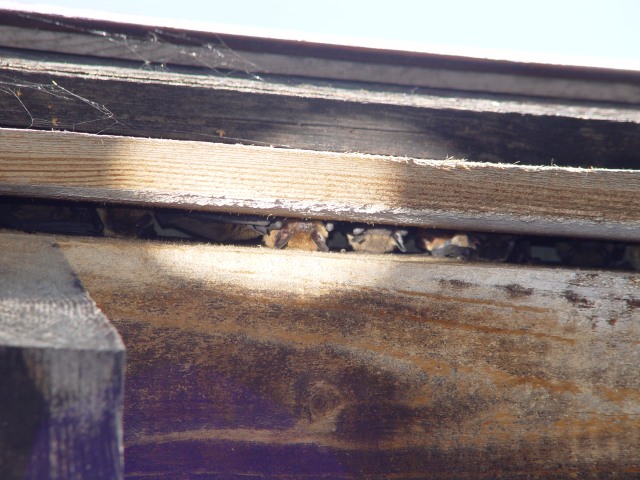
Photo by Mnolf, – CC BY-SA 3.0
Bats are widespread throughout the world, there are at least 1,376 species grouped into two different suborders: Microchiroptera and Megachiroptera; in Europe, there are 45 species (all Microchiroptera) and of these 35 are in Italy.
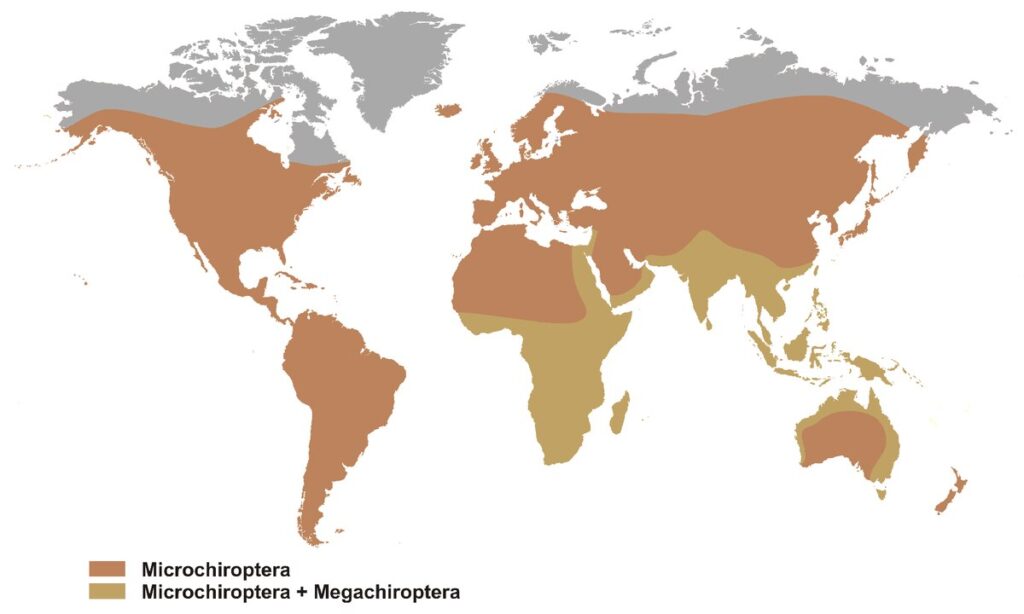
Some species are migratory, moving regularly from the Baltic areas to northern Spain or Italy, thus covering thousands of kilometres.
The Sardinian Long-eared Wrasse (Plecotus sardus Mucedda, Kiefer, Pidinchedda, & Veith, 2002) lives exclusively in some areas of Sardinia. It is an endemic and elusive species, characterized by large ears and a small body. The ears have a much larger tragus than that found in other species of long-eared wrasse (editor’s note: The tragus is a lanceolate lamella located in front of the auricle, which is part of the echolocation apparatus).

Photo Mauro Mucedda – CC BY 3.0
Bats are not related to mice as many may think, their teeth are completely different: they are insectivorous mammals, the only ones to have conquered the air and to be capable of active flight.
Size varies greatly between species, from the bumblebee bat, which weighs just 2 grams, to the larger and more famous oriental flying fox, which can weigh up to 1.6 kg with a wingspan of 1.8 metres.
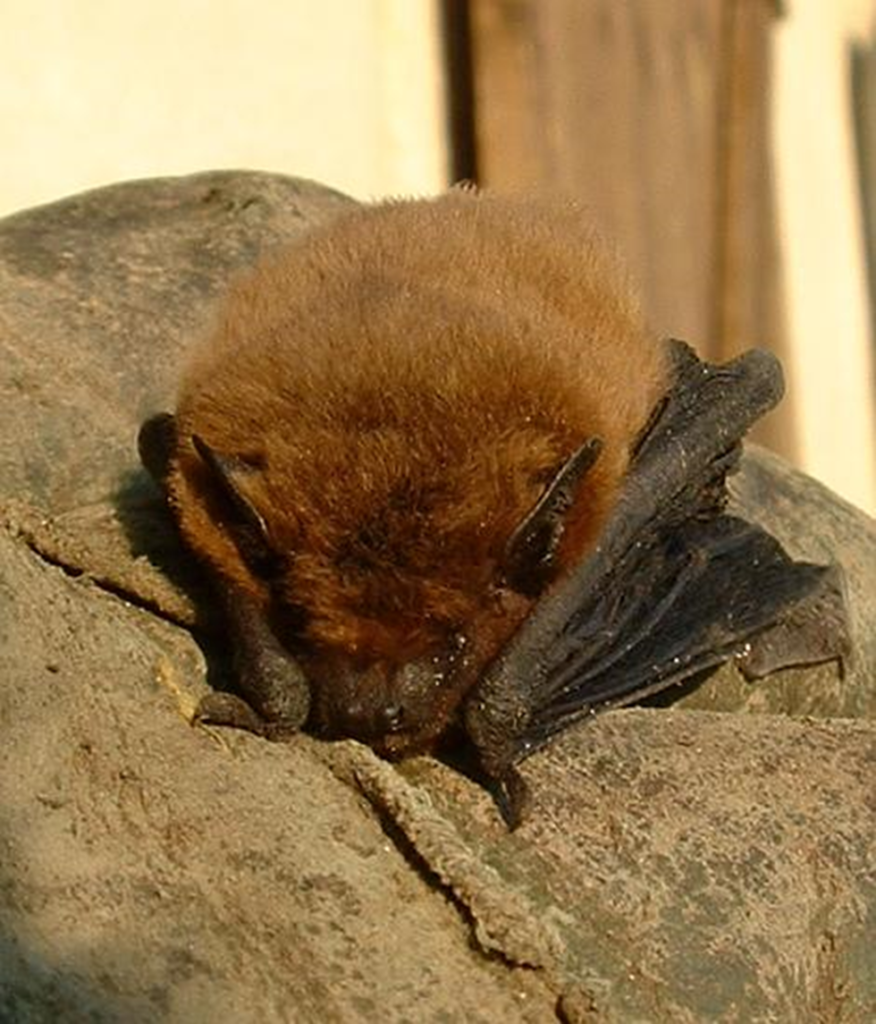
The body is generally covered with fur, the ears are large, sometimes enormous, and have the function of collecting the reflected sound waves emitted by the animals themselves to orient themselves. At their base, there are often two well-developed cartilaginous plates: a tragus and an antitragus, which protect the entrance to the auditory canal. In most species, there is a fleshy growth on the nose, called the “nasal leaf” which directs the beam of sound waves emitted by the animal through the nose or mouth.
The tail is almost always present and of variable size.
A characteristic of bats is their large wings, perfectly adapted to flight, but very different from those of birds. Bats belong to the order Chiroptera, a name deriving from the Greek (χείρ (chéir, “hand”) and πτερόν (pterón, “wing”) which means winged hand.

M = metacarpal; F1 = I phalanx; F2 = II phalanx; F3 = III phalanx
https://www.sardegnaambiente.it/documenti/3_96_20060721113456.pdf – Chiroptera
The wing of bats is made up of a skeletal structure, a sort of wing frame, formed by the bones of the arm, forearm and hand which, throughout evolution, have become extremely modified and elongated. It is inserted onto it, from the base of the neck, running along the sides to the caudal region, a thin membrane, called patagium, formed by a duplication of the skin. The portion of the membrane that encompasses the tail is called uropatagium.
Only the first finger remains free from the patagium and is equipped with a large claw like the nails of the hind limbs to allow the animal to climb and hook even on vertical surfaces.
Being nocturnal and crepuscular animals, it is logical to think that they have large eyes adapted to night vision as it occurs in nocturnal birds of prey: barn owls and owls. This is not the case! Instead, they have very poor eyesight and small eyes; however, they are particularly efficient hunters having developed, throughout evolution, a system for locating prey through echo, a real sonar of great precision, which determined their evolutionary success and allowed them to occupy an ecological niche that included flight and the ability to locate nocturnal insects in the dark. How does this system work?

Image by A proietti, CC BY-SA 3.0
Bats can emit ultrasounds generated by the larynx or in some species by clicking the tongue on the palate; the ultrasounds emitted are high-frequency waves, from 25 to 100 kHz, although some species can emit sounds at 150 kHz, which humans are unable to perceive. Through their ears they are able to capture the echo reflected by the obstacles they encounter which is processed by the brain and provides detailed information about the prey and the location; in this way, bats can “read” the environment around them and develop a map of it. The large ears therefore allow a vision of the territory based on hearing.
Bats feed mainly on insects, but some species also eat small vertebrates, fruit and nectar and some South American species also eat cattle blood, although in modest quantities.
The species present in Italy are all insectivorous and are the major consumers of nocturnal insects, especially those harmful to agriculture. They are extremely specialized, depending on the species and size the type of feeding changes: The smallest bats hunt mosquitoes and midges, others catch moths; the larger species mainly prey on beetles, grasshoppers and also spiders as well as other arthropods.
Once the prey has been located, the bat captures it with its mouth and devours it in flight with the help of the uropatagium. (Image 3)

Image 3 – Bat in flight devouring its prey with the help of the uropatagium – from https://www.sardegnaambiente.it/documenti/3_96_20060721113456.pdf – Chiroptera
Each individual can consume an amount of insects equal to its weight each night. They are therefore highly useful.
The presence of different species of insects and arthropods marks their annual cycle.
In spring, with the favorable season, female bats give birth to a single baby, exceptionally two. Development is rapid and the babies can start flying after just 2-4 weeks from birth.
In our latitudes, with the approach of winter, the lowering of external temperatures and the progressive lack of prey, bats gather in large groups and fall into hibernation.
Sometimes gatherings of many thousands of individuals can be observed: they have the advantage of being able to conserve body heat for as long as possible.

Long considered only a deep sleep, hibernation is a highly complex phenomenon, a real energy strategy that allows you to overcome critical periods until favorable conditions return. In this phase, the body temperature gradually drops because of the decrease in ambient temperature, breathing, and heart rate are significantly slowed, and in general, there is a notable decrease in the reactivity of the nervous system. The animal enters a torpor phase until it becomes insensitive to external stimuli when temperatures near 0°C are reached. Only if the external temperature drops below -2°C – -5°C does a sudden increase in metabolism occur that brings the body temperature back within tolerable limits and sometimes induces the animal to wake up to look for a new environment with less rigid temperatures. During hibernation, the bat brain remains active without the rhythm of wakefulness and sleep. Other species overcome the winter by moving to warm places with abundant prey.
All bats in Italy and Europe are protected because they are useful as they feed on harmful and pest insects and, therefore, are considered excellent bioindicators. They are very receptive to the stress that human activities cause to the environment. The main threats are represented by road traffic, alteration, fragmentation, and destruction of available habitats, disturbance to shelters, and wind turbines, massive use of pesticides and insecticides, and the reduction of prey. As a result, since the 1960s we have seen a significant reduction in the populations of many species of bats on a global scale.
On the other hand, promoting the presence of bats, in addition to being essential for the health of ecosystems, could have an important economic impact, since their impact on the populations of insects harmful to crops would allow the use of fewer pesticides, with great advantages for everyone.
Of the 35 species of Chiroptera present in Italy, 22 are at risk of extinction, even though the first law on their protection was formulated in Italy in 1939; in Europe, all species of Chiroptera are protected under the Directive 92/43/EEC “Habitats” and the EUROBATS Agreement of 1994 for the conservation of European bat populations. EUROBATS, also signed by Italy, commits the signatories to safeguard bats and their habitats, through monitoring and protection actions of refuge sites and foraging areas.
AND NOW LET’S DEBUNK SOME MYTHS!
For many centuries, bats have enjoyed an undeservedly bad reputation. In the collective imagination, they are associated with dark and evil forces, beliefs reinforced at the end of the 19th century by Bram Stoker’s novel “Dracula” and subsequent Gothic and horror literature and filmography, which identify the blood-sucking vampire and diabolical creature with the bat.
None of this! They are not vampires, they do not suck human blood, and they do not get tangled in hair, on the contrary, they are perfectly capable of avoiding us. We need them more than they need us! They are harmless, they are useful, they can give us pleasant summer evenings without mosquitoes and annoying insects, and with them, it is possible and desirable to establish a peaceful coexistence by respecting them and perhaps building for them a bat box, a little house sheltered from cats, where they can find refuge or illuminating the outside of the house and the garden as little as possible.
…And what if a bat were to accidentally enter your home? Don’t worry: just turn off the light, leave the room, leave the window open and close the door, so that the frightened animal can find its way out.
If you find an injured bat on the ground, since it is a protected animal, you must inform the State Forestry Corps, the Provincial Police or ENPA, so as to receive the appropriate instructions on how to intervene, or you can contact a veterinarian. Under no circumstances is it possible to keep these animals which are considered “unavailable property of the State”.

Credits
Maria Beatrice Lupi, a naturalist and expert in training, planning for sustainable development, participatory methodologies, and European planning. Currently, she is involved in dissemination and education for sustainability.
Translation by Maria Antonietta Sessa


